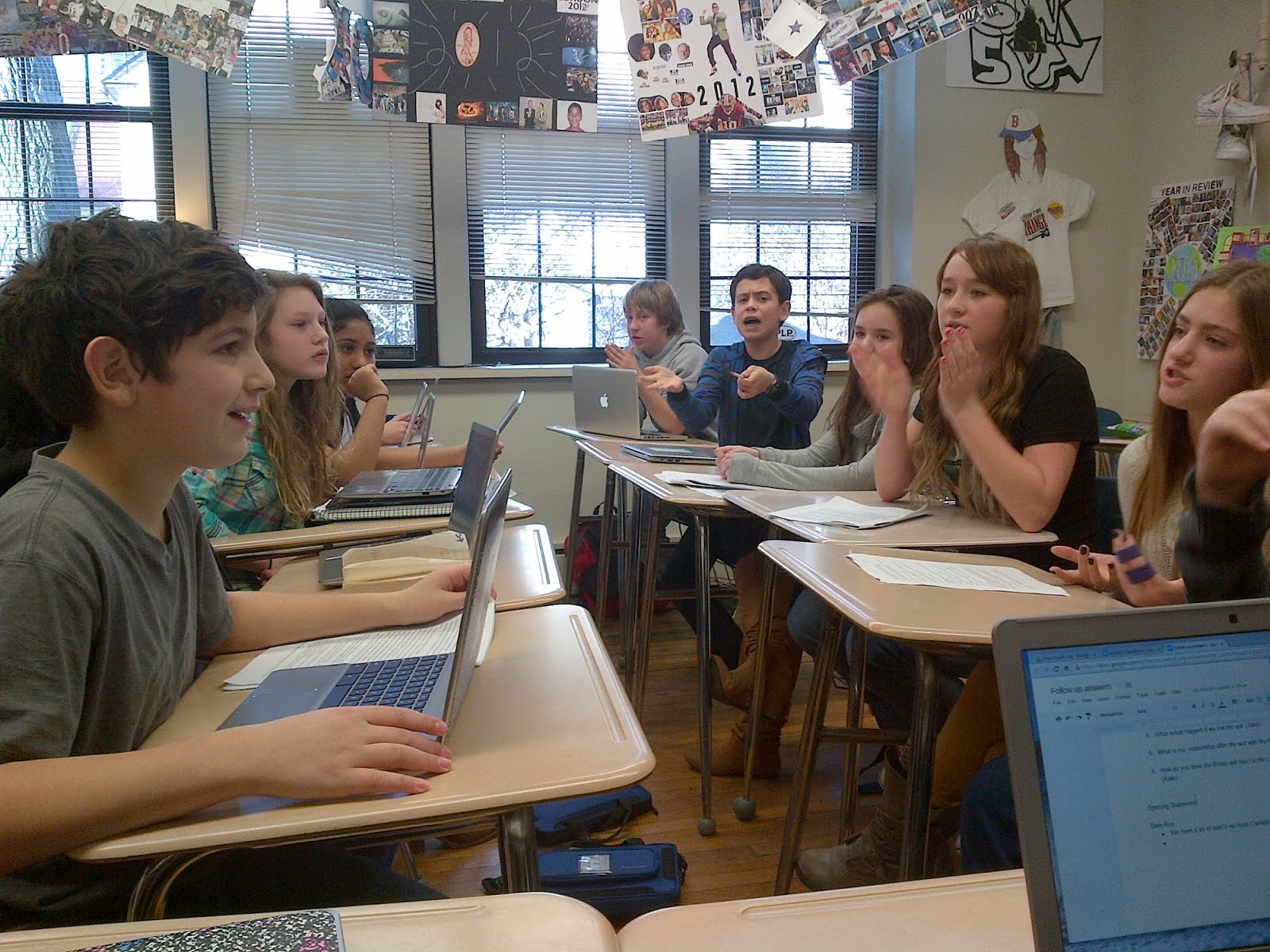When considering the hostility of today’s political climate with its charges, accusations and counter-charges we often bemoan its lack of civility and long for a more civil public discourse. We yearn for the days when our leaders actually “got along” and worked together for the common welfare. Yet, this frustration with the present is unfair to this generation. Our nation’s politics have been full of vitriol since our founding. Because we sense that things are now different, we do not look to the past for the lessons that it could teach us.
As a teacher, I try to have my students understand that it did not have to turn out this way. This particular present was not preordained; indeed, it was the choices and actions of individual people that shaped and continue to shape the course of history. It does not just happen.
I find simulations a terrific way to help students understand this. Earlier in the year, I wrote about a computer simulation we played in my social studies class. Last week, we returned to a simulation, this one about the onset of the now almost forgotten War of 1812.
“War Fever” broke out in the United States at the beginning of James Madison’s presidency. This Fever was similar to the fervor that seized the United States in the months after 9/11. Our nation, now independent for a quarter of a century, was deeply frustrated by Britain’s utter disregard for our maritime rights among other things. Talk spread in the United States that victory would be easy. Sound familiar? New Englanders were among the forefront of the movement against the war. They formed the heart of the Federalists, the party of Alexander Hamilton and John Adams. These Federalists deeply opposed the war and some of them even considered secession!
To make this past come alive, I wrote a simulation based off of a framework created by Brown University’s Choices Project. http://www.choices.edu/. This framework puts students in active roles advocating the different choices available to the decision makers of the time period. Students spent three full classes reading and preparing for the mock Senate hearing. This hearing was moderated and led by students. Students asked the questions and answered the questions. For the two and a half class periods, I watched and enjoyed. Towards the end of the second class period; debated became particularly heated and as ideas and argument raged passionately back and forth across my class I began to smile. One student caught a glimpse of my smiles and said, “You are enjoying this aren’t you?” A visitor walking in the room at just that moment might have been taken aback by the zeal (and yes, noise.) But I was thrilled. Students were deeply engaged in learning, thinking, and debate all about the now forgotten political debates of our early nation.
We will pivot off of this unit to a current events debate in this very same format. This time, our topic is Iran. Our nation faces a series of choices we need to make. Students will be assigned different roles to research and then represent. It is my hope that through this active meaning making that students will realize that history indeed does matter.
Thanks to Morgan Crowley who took pictures of this simulation while also ably fulfilling her role as a Senator during this simulation. This one shows the students mid-debate. It begins to capture some of the enthusiasm for the project. 

No comments:
Post a Comment